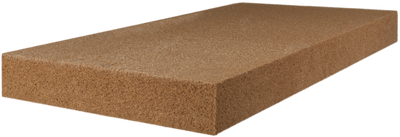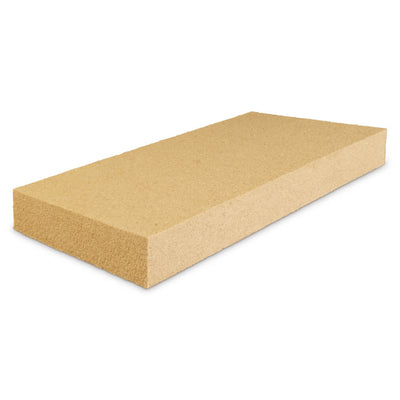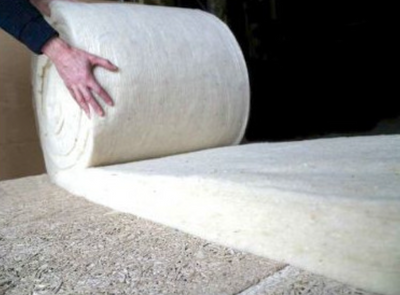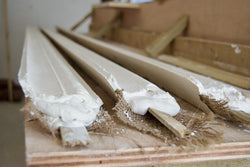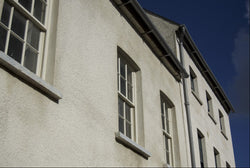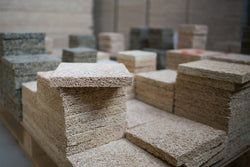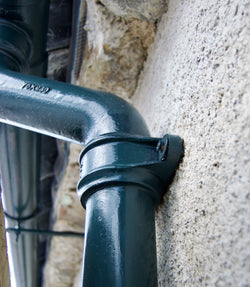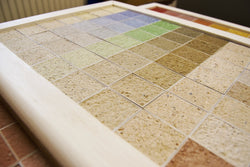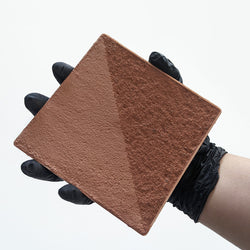At Roundtower Lime, we supply premium flexible insulation materials designed for breathable, sustainable construction and renovation projects—particularly those involving solid masonry, historic buildings, and low-energy new builds. Our range includes flexible wood fibre insulation and natural sheep’s wool, both chosen for their outstanding thermal performance, breathability, ease of installation, and compatibility with lime- and clay-based building systems.
Whether you are insulating between timber studs, roof rafters, or floor joists, these flexible batts provide a natural, vapour-open alternative to synthetic insulations—ideal for projects where moisture control, indoor air quality, and sustainability are top priorities.
1. Flexible Wood Fibre Insulation (e.g. STEICOflex 036)
STEICOflex is a flexible, semi-rigid insulation batt made from sustainably harvested wood fibres. It offers excellent thermal conductivity (λ = 0.036 W/mK), a μ-value of ≤2, and a specific heat capacity of 2100 J/kg·K, making it particularly effective at buffering summer overheating and improving indoor comfort.
Key benefits:
-
Highly breathable and hygroscopic, allowing moisture to safely migrate
-
Easy to friction-fit between rafters, studs or joists
-
Excellent acoustic insulation
-
Manufactured without added VOCs or harmful binders
STEICOflex 036 is ideal for roof slopes, internal partitions, timber frame walls, and suspended floors in heritage and new-build projects alike.
2. Sheep’s Wool Insulation
Natural sheep’s wool insulation is one of the most ecologically sound and health-friendly insulation options available. It is 100% renewable, biodegradable, and extremely effective at absorbing moisture without compromising thermal performance. It also filters indoor air pollutants and regulates humidity, contributing to healthier interiors.
Key benefits:
-
Naturally resistant to mould, bacteria, and pests when properly treated
-
Excellent thermal and acoustic performance
-
High water absorption capacity while remaining warm when damp
-
Low embodied energy and fully recyclable at end of life
-
Soft, safe to handle with no protective gear required
Sheep’s wool rolls are particularly suited for use in timber-frame and loft applications.
Frequently Asked Questions (FAQ)
Q1: Are flexible insulation batts suitable for use in heritage or solid masonry buildings?
A: Yes. Both flexible wood fibre and sheep’s wool are breathable and hygroscopic, meaning they manage moisture safely in solid wall buildings where synthetic insulation may fail or cause condensation.
Q2: Can these materials be used in roofs or floors?
A: Absolutely. Flexible insulation batts are ideal between rafters in pitched roofs, between floor joists, and in timber stud walls. They friction-fit easily and don’t require adhesives or mechanical fixings in most cases.
Q3: Can I install these myself or do I need a professional?
A: Both insulation types are user-friendly. No specialist tools are needed, and they are safe to handle. However, professional installation may help optimise performance and ensure airtightness in complex details.
